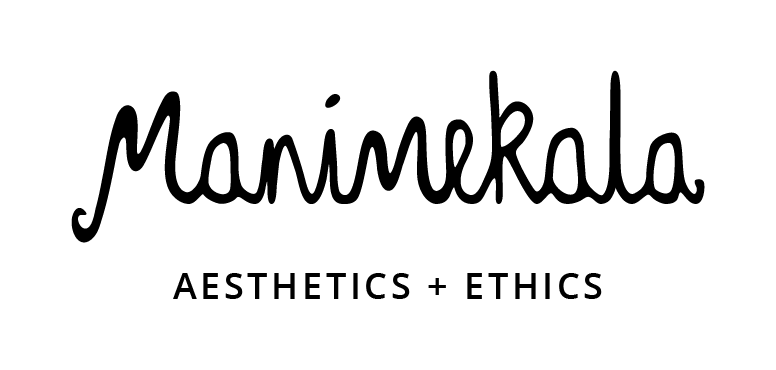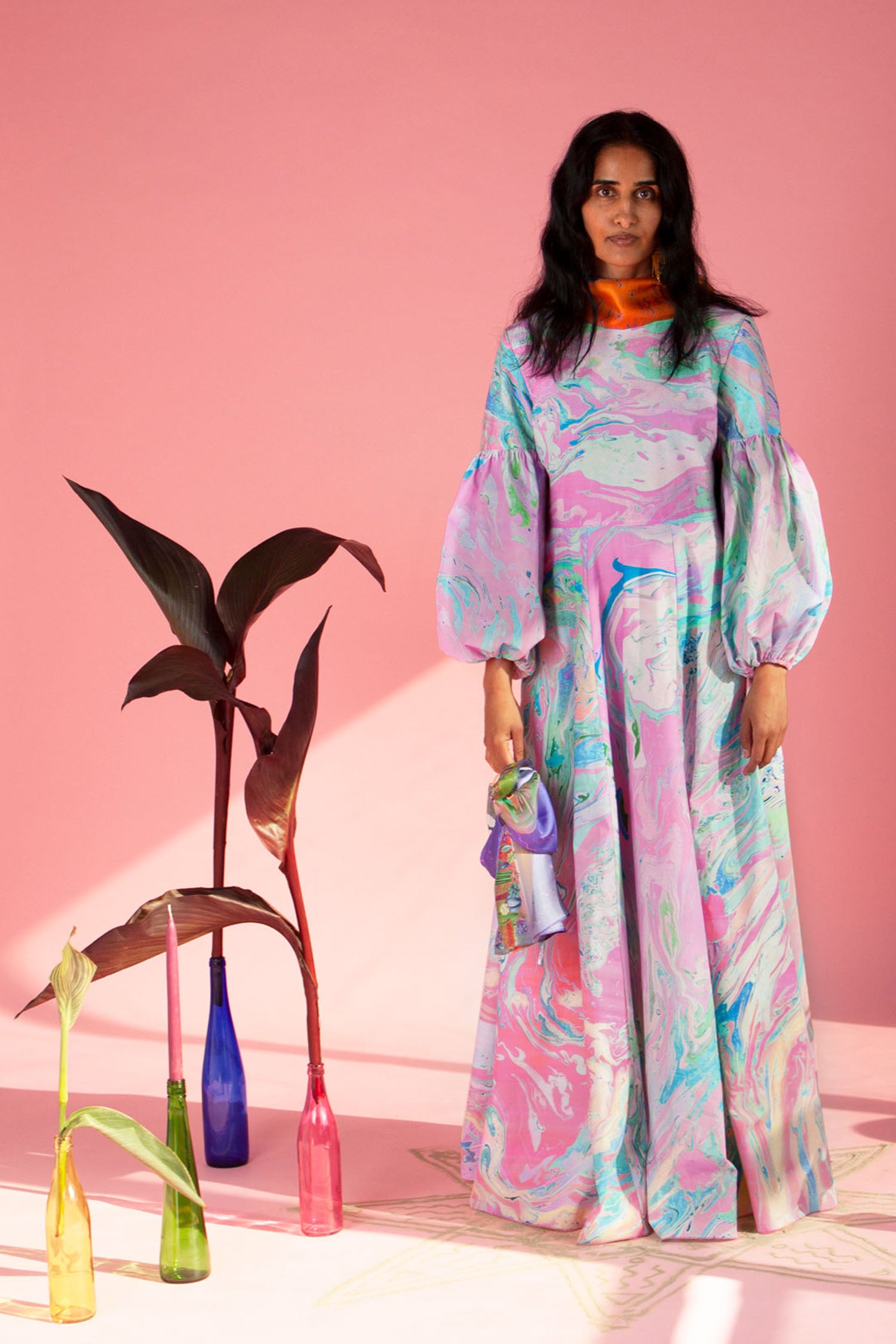A Fashion Revolution

This week (April 18th - 24th) is Fashion Revolution Week, an annual campaign advocating for social and environmental change in the fashion industry.
What is the revolution? Founder Mekala explains…

Why we need a fashion revolution
Fashion is often dismissed as a fanciful luxury, but it is actually one of the largest industries across the world, including not just designers but tailors, seamstresses, textile printers, dyers, weavers, knitters, yarn spinners, cotton farmers, linen farmers, silk farmers, and many, many more. It’s estimated that globally, 1 in every 8 workers is part of the fashion industry. And then, there are all the associated industries such as distribution, logistics, marketing… the list goes on.
But do you know who made your clothes?


Fashion is notoriously opaque, with long and complex supply chains, often spanning multiple continents to create one tshirt or pair of jeans. Big brands and retailers are secretive about their suppliers, claiming commercial sensitivity and refuse take responsibility for, or even acknowledge their supply chain.
In this secrecy, abuse and exploitation thrive.
Big brands will pit different suppliers against each other, forcing manufacturing prices ever lower, meaning suppliers then have to cut corners in order to meet wildly unrealistic deadlines. The clothes arrive in the shops, but at what cost?
The Rana Plaza disaster
On 24th April 2013, a building called Rana Plaza containing several garment factories collapsed in Dhaka, Bangladesh, killing 1,132 workers and injuring over 2,500 more. The victims were mostly young women and all worked in the garment industry, making clothes for some of the world's biggest brands and retailers.
The previous day, large structural cracks in the building had been discovered and businesses on the lower floors closed immediately. However, due to management pressure to continue fulfilling orders, the garment workers were forced to continue working. Hours after their workday started on the 24th, the entire building collapsed, with the workers still inside.
It was the worst ever industrial incident in the fashion/garment industry and has been called “mass industrial homicide”.
Due to complex and opaque international supply chains regulated by weak legislation and ineffective enforcement, it was difficult for investigators to identify the international brands and retailers for whom the garment factories were producing. Some brands linked to the factories in Rana Plaza have provided compensation to the victims and their families, but to this day, some brands have still never acknowledged their part in the disaster, or paid up.
In direct response to the Rana Plaza disaster, a global network of activists came together as Fashion Revolution to advocate for a better, equitable fashion system.
No one should die for fashion.


The beginning of Manimekala
The Rana Plaza disaster occurred a few months before Mekala started university to study fashion design. As she learnt more about her chosen profession, she realised the structural inequalities built into the mainstream fashion industry, based on the twin legacies of colonialism and capitalism.
Feeling she could not be part of such an awful system that claims to be beautiful while carelessly destroying both people and planet, she decided to forge her own path. She founded Manimekala on the principles of aesthetics and ethics, to prove that is it possible to create beautiful, unique and fun fashion without compromising on either the design (aesthetics) or the way it’s made (ethics).
We hope this article inspires you to think about your clothes, how they came to exist, and about the people who made them.

Further reading
To learn more about the Rana Plaza disaster and fashion industry working conditions, we recommend checking out:



Leave a comment
This site is protected by hCaptcha and the hCaptcha Privacy Policy and Terms of Service apply.